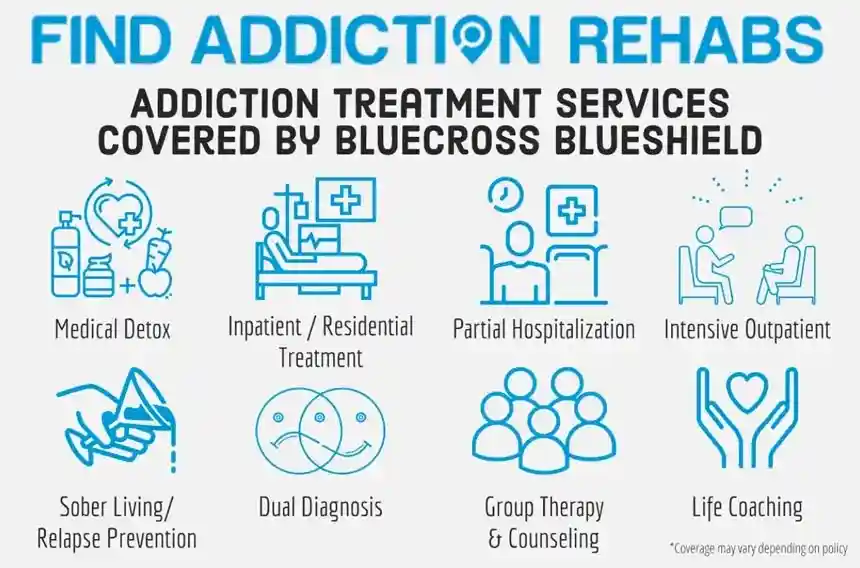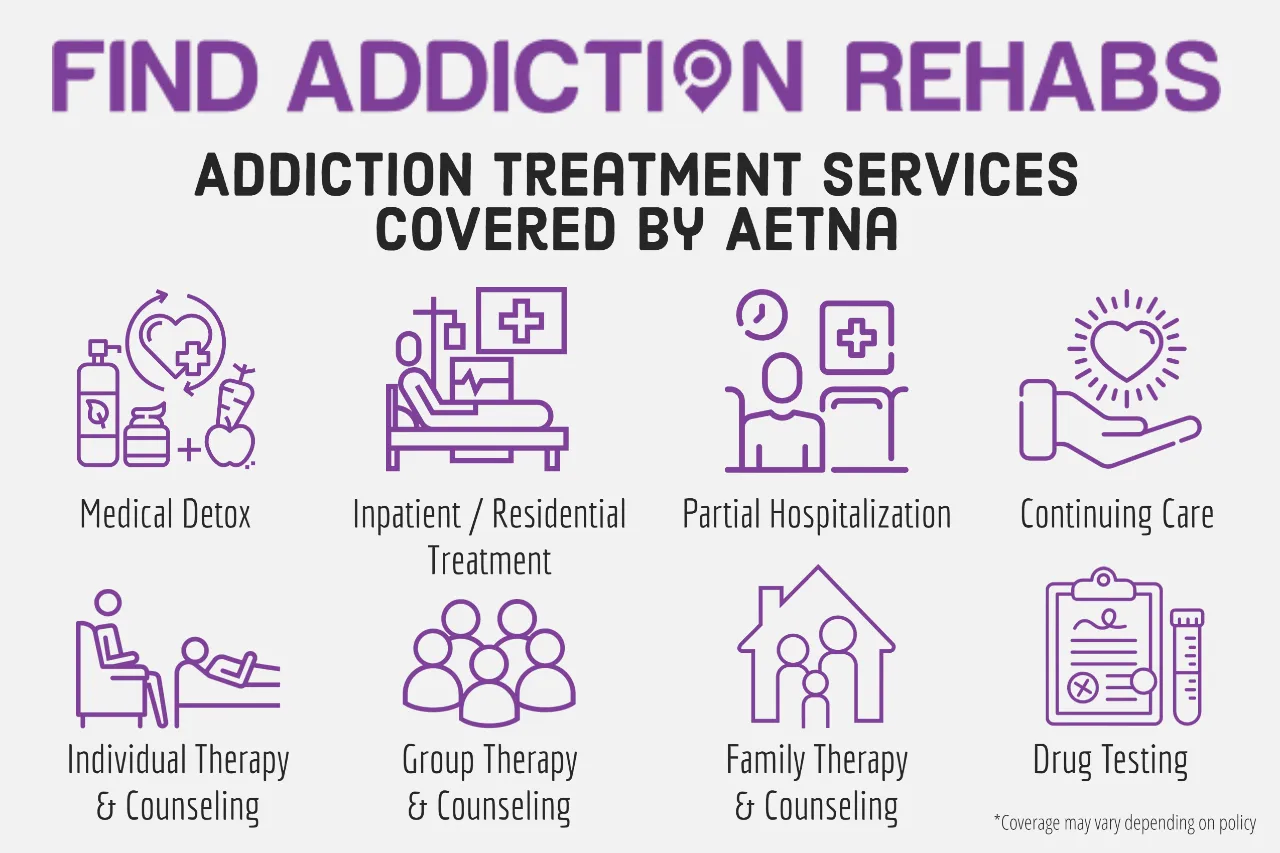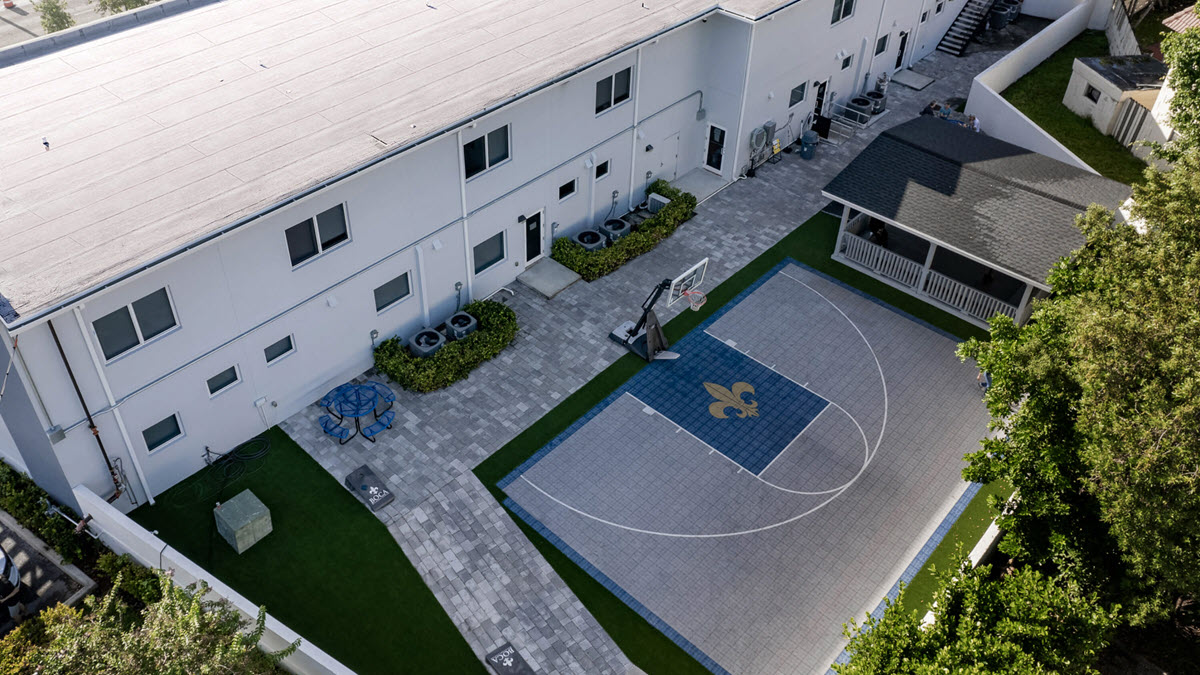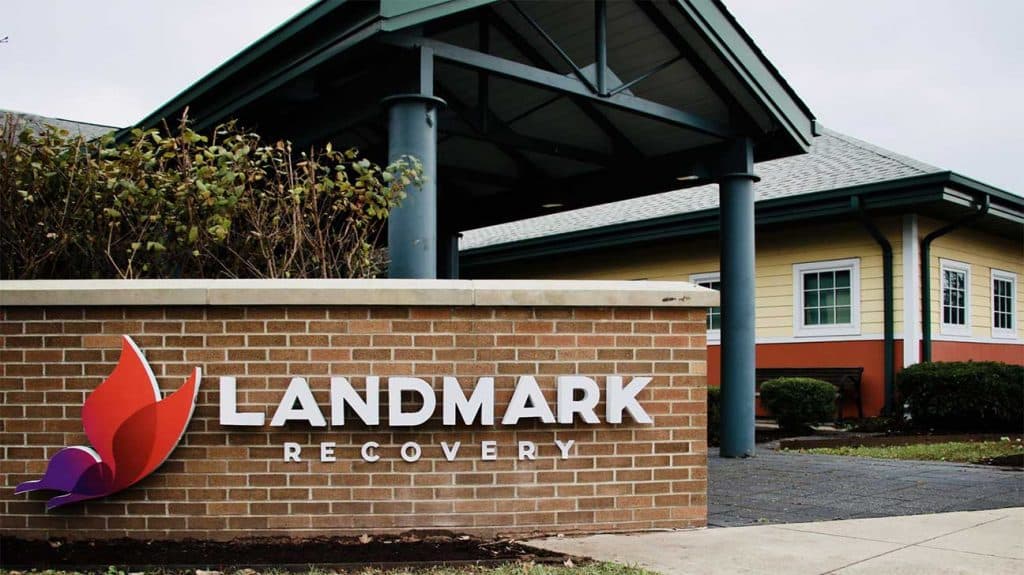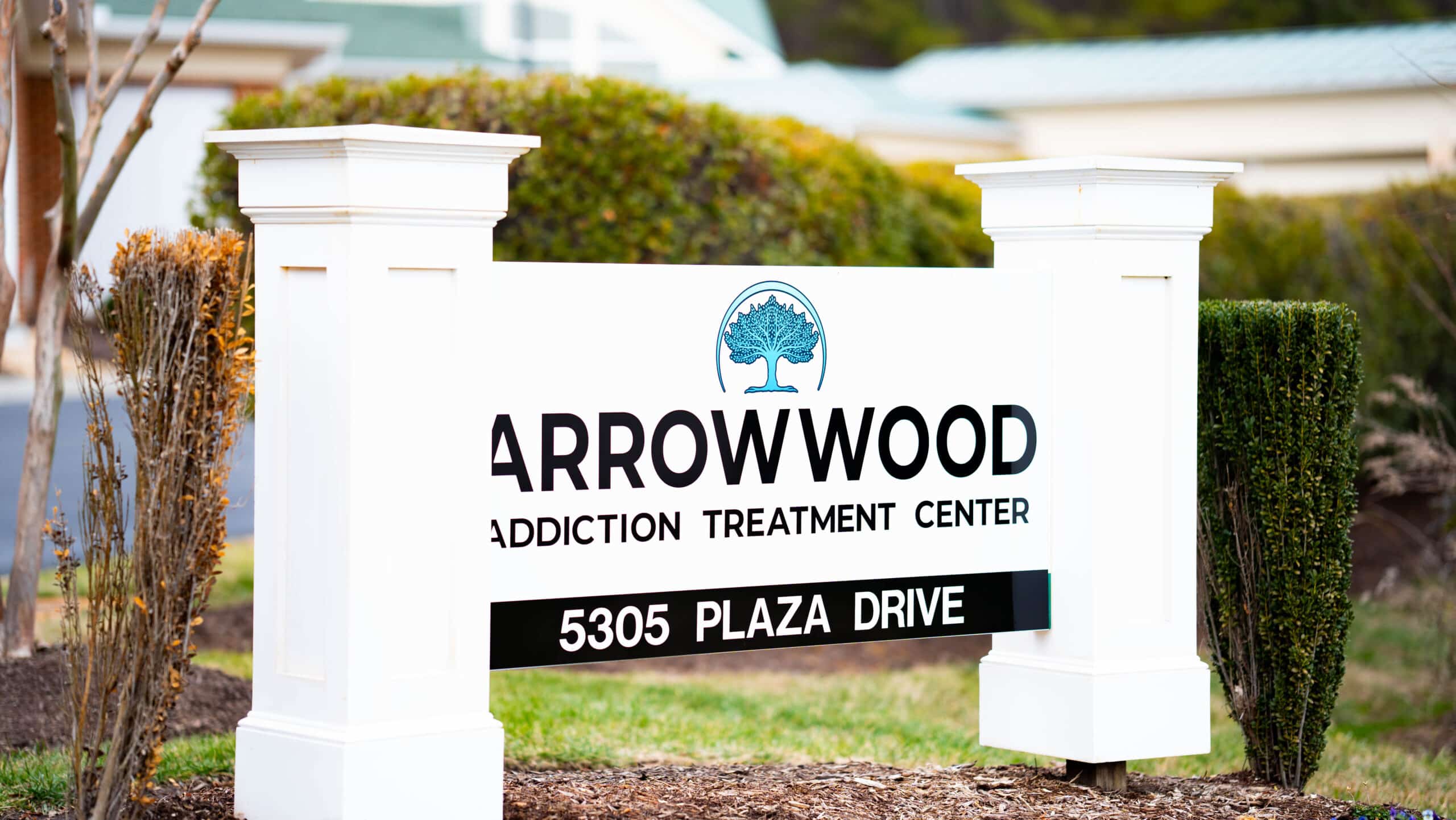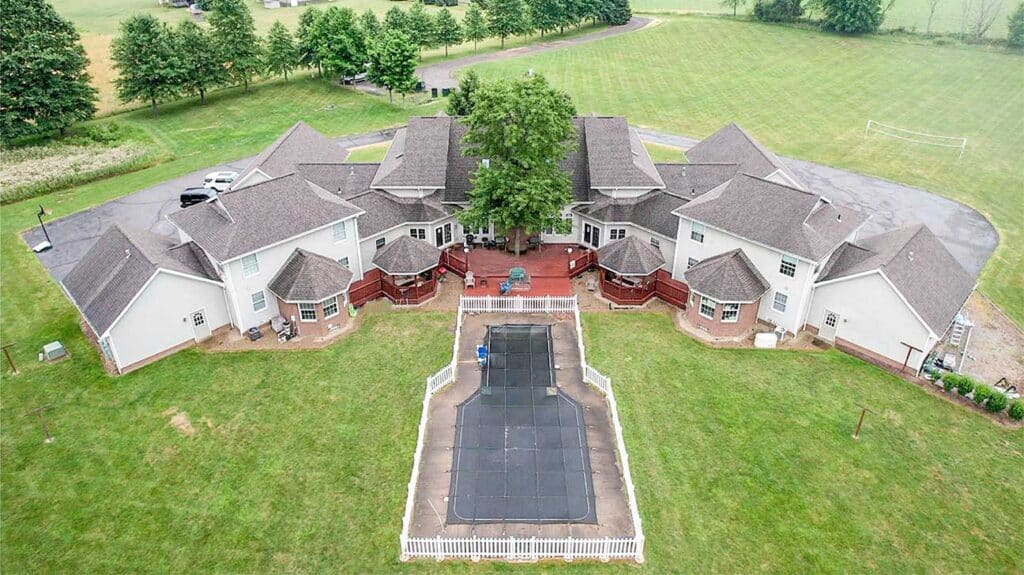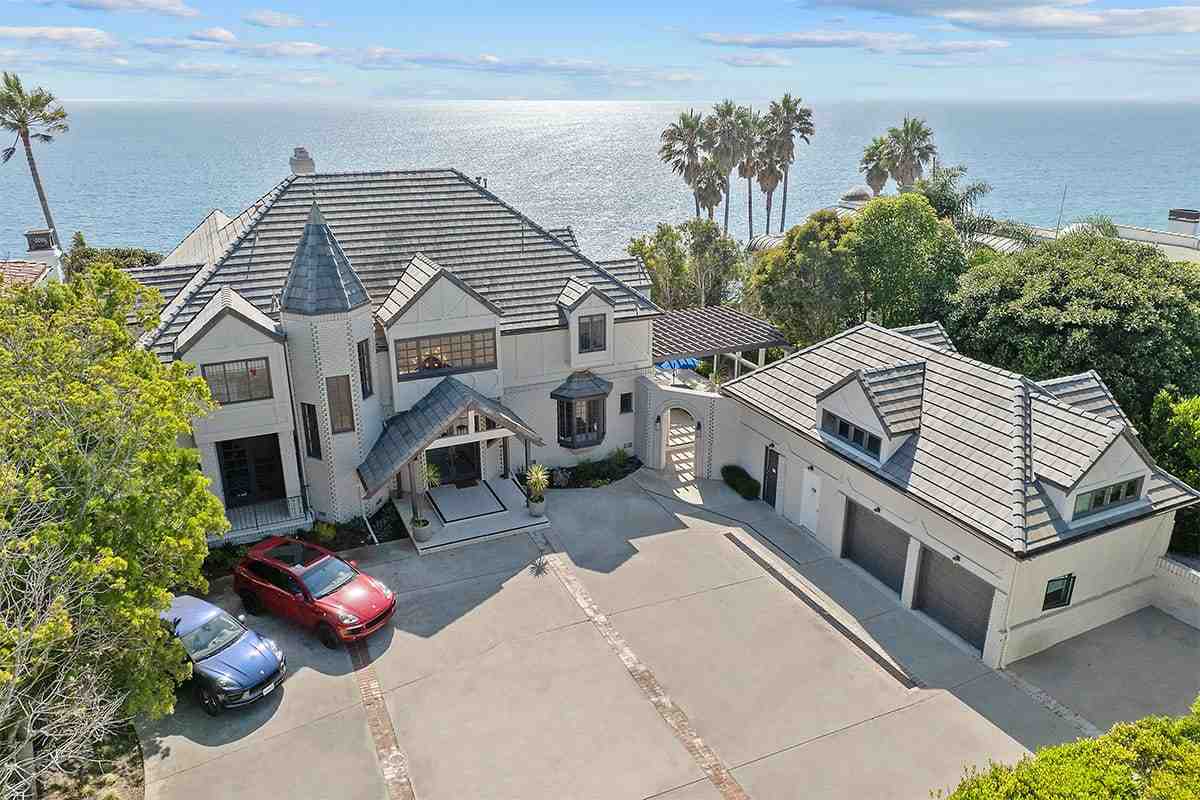
Why Finding the Right Southern California Rehab Matters Now
Southern California rehab centers offer comprehensive addiction treatment in one of the nation’s most sought-after recovery destinations. If you’re searching for help, here’s what you need to know:
Quick Facts About Southern California Rehab:
- Treatment Options: Medical detox, residential/inpatient, partial hospitalization (PHP), intensive outpatient (IOP), and sober living
- Cost Range: $1,703 (outpatient) to $56,654+ (30-day inpatient) on average
- Insurance: Most major plans accepted, including PPO, Medicaid, and Medicare
- Key Locations: Los Angeles County, Orange County, San Diego, Malibu, Palm Springs
- Specialized Care: Dual diagnosis, LGBTQ+, gender-specific, trauma-informed, luxury options
- Accreditations to Look For: Joint Commission, CARF, DHCS certification
The statistics are stark: about 8% of Californians have a substance use disorder, yet only 10% get professional help. Los Angeles County sees nearly 3,000 substance-related deaths annually, while in Orange County, opioids are involved in 70% of drug-related fatalities. Young adults aged 18 to 25 are affected at nearly twice the state average rate.
But there is hope. Southern California offers some of the nation’s best addiction treatment resources. Its climate, recreational opportunities, and strong recovery communities create an ideal environment for healing, with a vast spectrum of care from medical detox to holistic therapies.
Choosing the right rehab in a crisis is overwhelming. You have to steer care levels, insurance, and facility credentials to find a program that fits your specific needs—all while dealing with the urgency of addiction.
At Addiction Helpline America, we simplify this process. Our specialists offer free, confidential, 24/7 guidance to connect you with a Southern California rehab that fits your unique needs and budget.

Find more about Southern California rehab:
Understanding the Addiction Landscape in Southern California
Behind the palm trees and perfect sunsets of Southern California lies a reality that touches millions of lives: substance use disorder. Understanding this medical condition is the first step toward finding help and supporting recovery for our friends, family, and neighbors.

The Sobering Statistics: A Look at Substance Abuse in SoCal
The numbers tell a story that’s hard to ignore. The opioid crisis is a major concern, especially in Orange County, where the overdose death rate exceeds the state average and opioids are involved in 7 of every 10 drug-related deaths. In a single recent year, Orange County saw nearly 1.5 million opioid prescriptions dispensed, and the use of the overdose-reversal drug Narcan by law enforcement increased by 60%.
Beyond opioids, substances like methamphetamine, alcohol, and heroin also lead to tens of thousands of rehab admissions annually across the state. This variety reminds us that addiction takes many forms—and Southern California rehab centers must be equipped to treat them all.
Recognizing the Need for Help: Signs of Addiction
Knowing when to seek help isn’t always obvious. Addiction often builds gradually, creating patterns that become harder to break over time. Understanding the warning signs can be life-changing.
- Physical Signs: Unexplained weight fluctuations, bloodshot eyes, pupils that are larger or smaller than usual, poor hygiene, and withdrawal symptoms like tremors, sweating, or nausea when trying to stop.
- Behavioral Signs: Increased secrecy or lying about their whereabouts and spending. A loss of interest in hobbies and neglecting responsibilities at work, school, or home. An inability to stop or cut back on use, despite wanting to.
- Psychological Signs: Sudden mood swings, increased anxiety, depression, or paranoia. The person may seem emotionally distant or experience memory loss (blackouts) from substance use.
This cycle of intense cravings and painful withdrawal makes quitting alone extremely difficult and often dangerous. Professional Southern California rehab programs provide the medical and therapeutic support needed to safely manage this process.
If these signs feel familiar, please know this: addiction is a treatable medical condition, not a moral failing. For more detailed information on recognizing addiction and taking the first step toward recovery, visit More info about addiction signs.
The good news? Southern California offers some of the most comprehensive addiction treatment resources in the country. Understanding the problem is the first step. Finding the right help is the next—and we’re here to guide you through that process.
Navigating Treatment Options in the Southern California Rehab Scene
Once you’ve recognized that help is needed, the next step is understanding what kind of help is available. Southern California rehab centers offer a “continuum of care”—a full spectrum of treatment options designed to meet you wherever you are in your journey.

A Spectrum of Care: Types of Treatment Programs
Understanding the different types of programs helps you make an informed decision. Many people move through several of these levels as they build their recovery foundation.
- Medical Detox: Often the first step, providing 24/7 medical supervision to safely manage withdrawal symptoms, which can be uncomfortable and even life-threatening. Detox typically lasts 3-10 days.
- Inpatient/Residential Rehab: An immersive program where you live at the facility, removed from daily triggers. It involves intensive therapy and structured activities. Stays are often 30, 60, or 90 days, with longer durations linked to better outcomes.
- Partial Hospitalization Programs (PHP): A “day treatment” model with 20-40 hours of therapy per week, allowing you to live at home or in a sober living environment while receiving intensive support.
- Intensive Outpatient Programs (IOP): A step-down from PHP, offering 9-19 hours of weekly programming. This provides flexibility for work, school, or family responsibilities.
- Traditional Outpatient Programs: The most flexible option, with 1-9 hours of weekly therapy. This level is ideal for maintaining sobriety after more intensive treatment or for those with less severe SUD.
- Sober Living Homes: Structured, supportive group residences for people in recovery. They provide accountability through rules like curfews and drug testing, bridging the gap between rehab and independent living.
To explore more about the diverse treatment landscape available throughout the state, check out our page on Explore California treatment options.
Treating the Whole Person: The Importance of Dual Diagnosis
Addiction often co-exists with mental health conditions like anxiety, depression, or PTSD. This is known as a dual diagnosis or co-occurring disorder. In fact, approximately 50% of people with a substance use disorder also have a co-occurring mental health issue.
These conditions are deeply interconnected. Sometimes, a mental health issue leads to self-medication with substances. Other times, substance abuse triggers or worsens a mental health condition. Treating only the addiction without addressing the underlying mental health issue often leads to relapse. An effective, integrated approach treats both conditions simultaneously, with coordinated care from professionals who understand how they interact.
Many Southern California rehab facilities specialize in integrated dual diagnosis care, recognizing that lasting recovery requires treating the whole person. For more scientific research on how substance use and mental health are connected, the Scientific research on co-occurring disorders from the National Institute of Mental Health provides valuable insights. If you’re in the Long Beach area and need dual diagnosis support, Find dual diagnosis care in Long Beach to explore specialized options.
Public vs. Private Providers: What’s the Difference?
As you research Southern California rehab options, you’ll find public and private providers. Understanding the differences helps you make the right choice.
Public rehabs are state or county-funded, making them free or low-cost. They accept Medi-Cal and prioritize access for those with limited financial resources. The trade-offs can include waiting lists, more basic amenities, and less individualized programs.
Private rehabs are fee-based and accept private insurance or self-payment. They typically offer immediate admission, more comfortable or luxurious settings, a wider range of specialized and holistic therapies, and lower staff-to-client ratios for more personalized care.
| Feature | Public Rehab Providers | Private Rehab Providers |
|---|---|---|
| Cost | Free or low-cost; often subsidized by state/county funds | Fee-based; generally higher cost |
| Wait Times | Can have long waiting lists due to high demand and limited funding | Shorter wait times; often immediate admission |
| Amenities | Basic facilities; functional, but fewer luxuries | More luxurious surroundings; private rooms, gourmet food, spa-like features |
| Insurance Acceptance | Often accept Medicaid (Medi-Cal) and state-funded insurance; some free options | Primarily accept private health insurance (PPO, HMO, EPO, POS); some self-pay/financing |
| Program Variety | Standardized programs; focus on essential treatment; may prioritize specific populations (e.g., pregnant women, those in crisis) | Wide range of specialized programs; individualized treatment plans; holistic and alternative therapies |
| Staffing Ratios | May have higher client-to-staff ratios | Often lower client-to-staff ratios, allowing for more personalized attention |
| Location | Located throughout communities, often in urban areas | Can be in serene, secluded locations; often resort-like settings |
Neither option is inherently better; the right choice depends on your budget, insurance, and clinical needs. We can help you steer these options to find the best fit.
The Financial and Logistical Side of Getting Help
Concerns about cost should not be a barrier to getting help. Treatment at a Southern California rehab center is more accessible than you might think, with more payment options available than ever before.

How to Pay for Addiction Treatment in Southern California
Most people use a combination of options to pay for rehab, making it more affordable than the “sticker price” suggests. Let’s break down your options.
- Private Insurance: The Affordable Care Act mandates that most health plans (PPO, HMO, etc.) cover addiction treatment. Over half of California rehabs accept private insurance. It’s crucial to verify your specific plan’s coverage, as benefits vary. Our team can help with this for free.
- Public Insurance: For those with limited income or who are over 65, public insurance is a key resource. Over 30% of California facilities accept Medi-Cal (Medicaid), and hundreds accept Medicare.
- Self-Pay and Financing: If you don’t have insurance, many facilities offer options. Over 80% accept self-payment, and over 60% offer sliding scale fees based on income. Financing plans that allow for monthly installments are also common.
Understanding Costs: Costs vary widely by program type. While the average is around $56,654, outpatient care can be under $8,000, and insurance can significantly reduce daily out-of-pocket expenses. Treatment is an investment. The National Institute on Drug Abuse reports that every dollar spent on treatment can save up to $12 in future healthcare and societal costs. The real cost is not getting help.
To verify that a facility is state-certified and legitimate, you can check the official Find state-certified facilities directory maintained by California’s health department.
The Rise of Luxury Rehab: What Are the Benefits?
Luxury rehab is more than just a fancy address; it offers a level of comfort and care that can improve the recovery process.
- Improved Environment and Privacy: Luxury centers provide serene, comfortable settings—like private rooms and scenic locations—that reduce stress and allow you to focus on healing. They also offer a high degree of privacy, which is crucial for public figures or executives.
- Personalized Care and Holistic Therapies: With low staff-to-client ratios, treatment is highly individualized. Alongside evidence-based therapies, luxury rehabs offer a wide array of holistic options like yoga, surf therapy, acupuncture, and equine therapy to treat the whole person.
- Gourmet Nutrition and Cost: Professional chefs prepare nutritious meals designed to support physical and mental recovery. While the cost is significant, often ranging from $30,000 to $100,000 for a 30-day stay, many find the comprehensive and comfortable care to be a worthwhile investment.
If you’re curious about what luxury treatment looks like in one of California’s most iconic locations, take a look at Learn about luxury rehab in Malibu. At the end of the day, what matters most is finding the right fit for your needs and your budget. We can help you sort through all these options at no cost.
How to Choose the Right Southern California Rehab for You
Finding the right Southern California rehab center is a deeply personal decision that can shape your entire recovery. We’ve walked alongside thousands of individuals through this exact moment, and we’re here to help you steer it with confidence and clarity.

Key Factors in Selecting the Best Southern California Rehab
Choosing a rehab is like finding the right doctor for a serious illness. Here are the key factors to consider:
- Accreditation and Licensing: Ensure the facility is licensed by the state (DHCS) and accredited by a national body like The Joint Commission or CARF. This is a basic guarantee of safety and quality.
- Staff Qualifications: Look for a team of licensed medical and clinical professionals with deep experience in addiction treatment.
- Evidence-Based Therapies: The program should use proven methods like Cognitive Behavioral Therapy (CBT), Dialectical Behavior Therapy (DBT), and trauma-informed care.
- Staff-to-Client Ratio: A lower ratio means more individual attention. Ask about this number directly.
- Location and Environment: Decide if staying close to your support system or traveling to a new environment free of triggers is better for you. The facility should feel safe and conducive to healing.
- Personalized Treatment Plans: Avoid one-size-fits-all programs. A quality center will conduct a thorough assessment and create a treatment plan custom to your specific needs.
- Specialized Programs: If applicable, look for programs custom to specific groups like young adults, executives, veterans, or the LGBTQ+ community, or for gender-specific tracks.
We understand that weighing all these factors while in crisis feels impossible. That’s exactly why we’re here. If you’re interested in exploring a well-regarded facility in the Dana Point area, you can learn more at Explore a Dana Point recovery center.
The Role of Family and Aftercare in Lasting Recovery
Addiction affects the entire family, so healing should too. Lasting recovery is built on a strong foundation of support and a solid plan for life after treatment.
- Family Involvement: Reputable rehabs offer family therapy and education. These programs help repair relationships, teach family members about addiction, and establish healthy boundaries to support long-term recovery. Resources like Discover family-focused healing can guide families through this process.
- Building a Support System: Lasting recovery depends on a strong support system. This includes family, sober friends, and peer support groups like Alcoholics Anonymous or Narcotics Anonymous.
- Aftercare Planning: A good rehab helps you create a detailed aftercare plan before you leave. This roadmap for continued sobriety should include ongoing therapy, support group meetings, and potentially a transition to a sober living home.
- Alumni Programs: Strong alumni programs provide an ongoing connection to a supportive community through events and resources, which is a vital safety net after treatment.
The journey to recovery doesn’t end when you leave a treatment facility. By embracing family involvement and committing to a detailed aftercare plan, you dramatically increase your chances of achieving lasting sobriety.
Conclusion
Seeking information about Southern California rehab is a courageous first step. While the statistics on addiction in California are daunting, they don’t capture the stories of change that happen every day. Recovery is not just possible—it’s a reality for thousands.
Southern California is a premier destination for recovery, offering world-class facilities, evidence-based care, and strong support communities in an environment that promotes healing. Choosing a program and facing the root causes of addiction is challenging, but you don’t have to do it alone.
Addiction Helpline America is here to simplify the process. Our team provides free, confidential guidance 24/7. We listen to your unique situation and help you steer your options—from insurance coverage to program specialties—to find the right fit for your needs and budget. Whether you’re seeking luxury treatment in Malibu, dual diagnosis care in Long Beach, or an affordable program close to home, we can help you find it.
The best time to seek help is now. Your story doesn’t have to end with addiction. It can be the beginning of a life of purpose, connection, and genuine happiness. Take the next step today.
Contact us for free, confidential guidance to find the right treatment program for you.
Our helpline is 100%
free & confidential
If you or someone you care about is struggling with drug or alcohol addiction, we can help you explore your recovery options. Don’t face this challenge alone—seek support from us.
Programs
Resources
Will my insurance
cover addiction
treatment?
We're ready to help
Find the best
drug or alcohol treatment
center
Are you or a loved one struggling with addiction? Call today to speak to a treatment expert.



